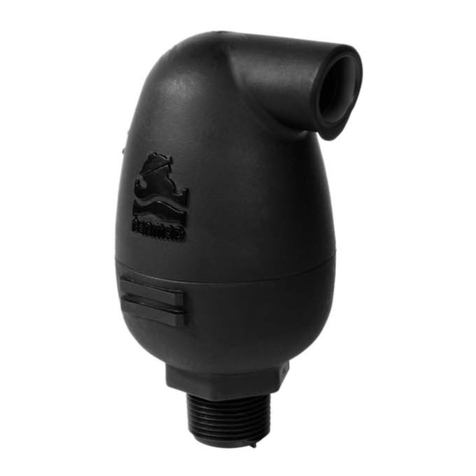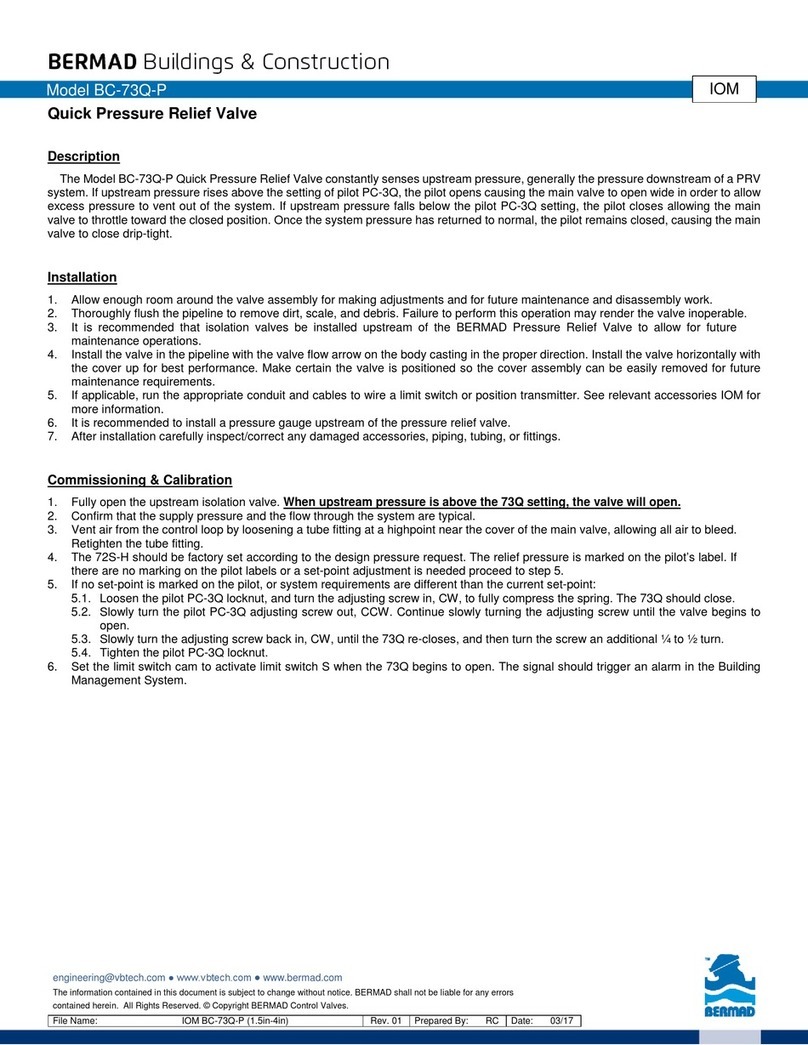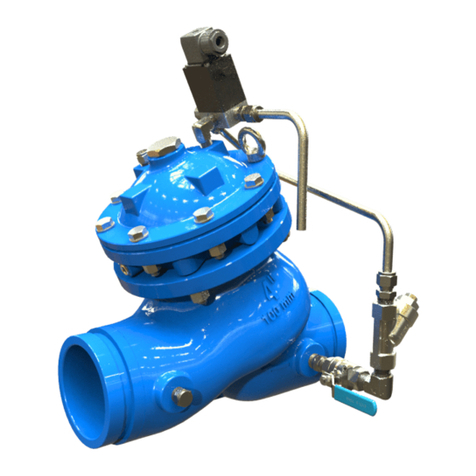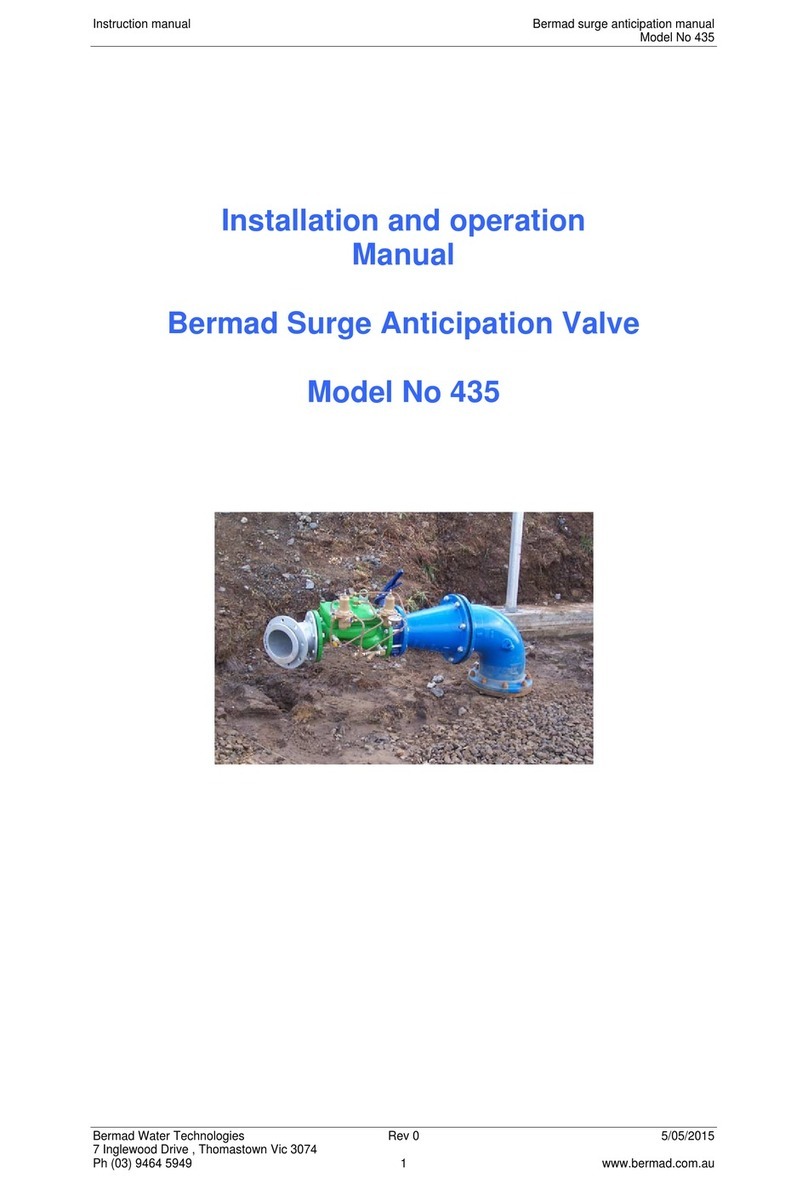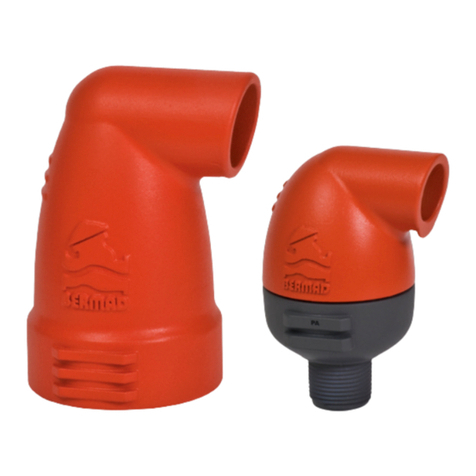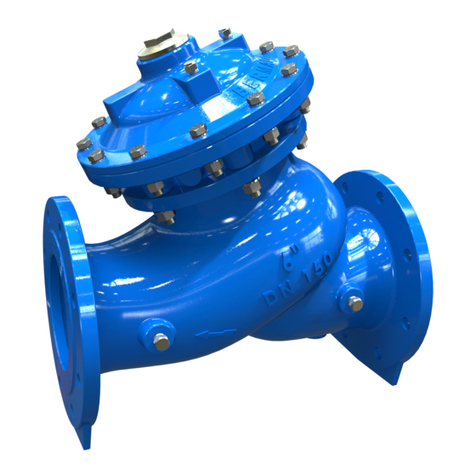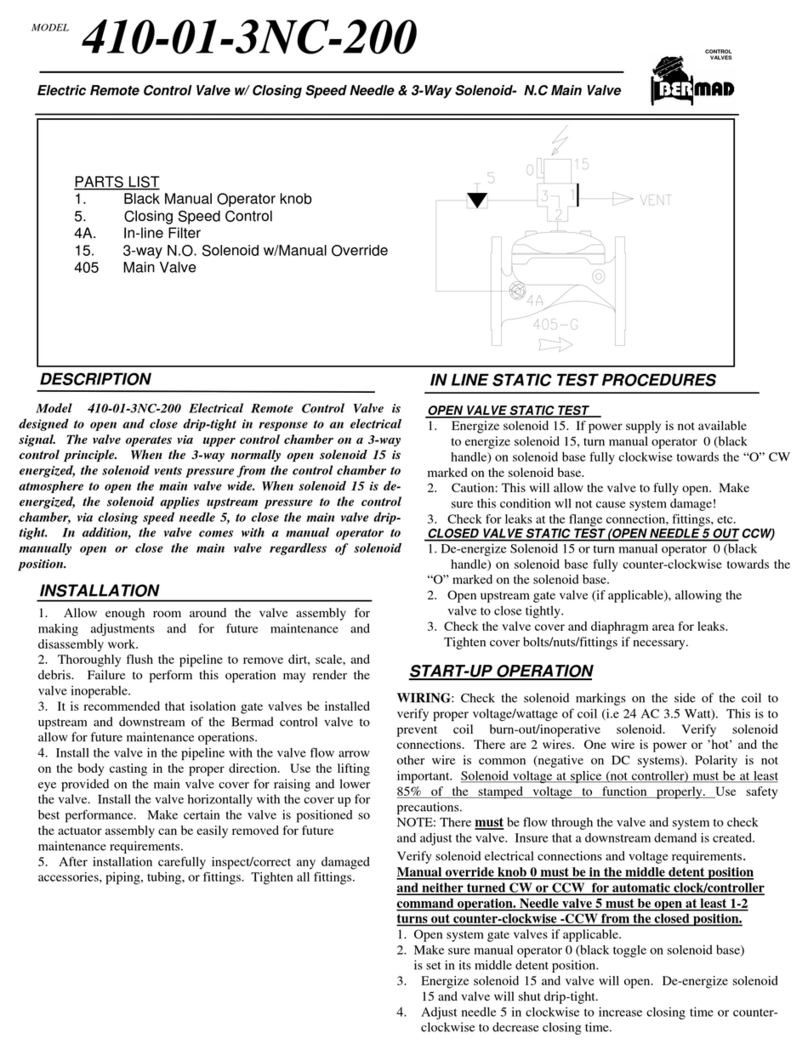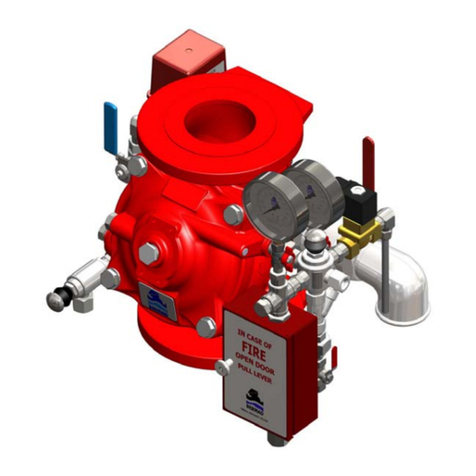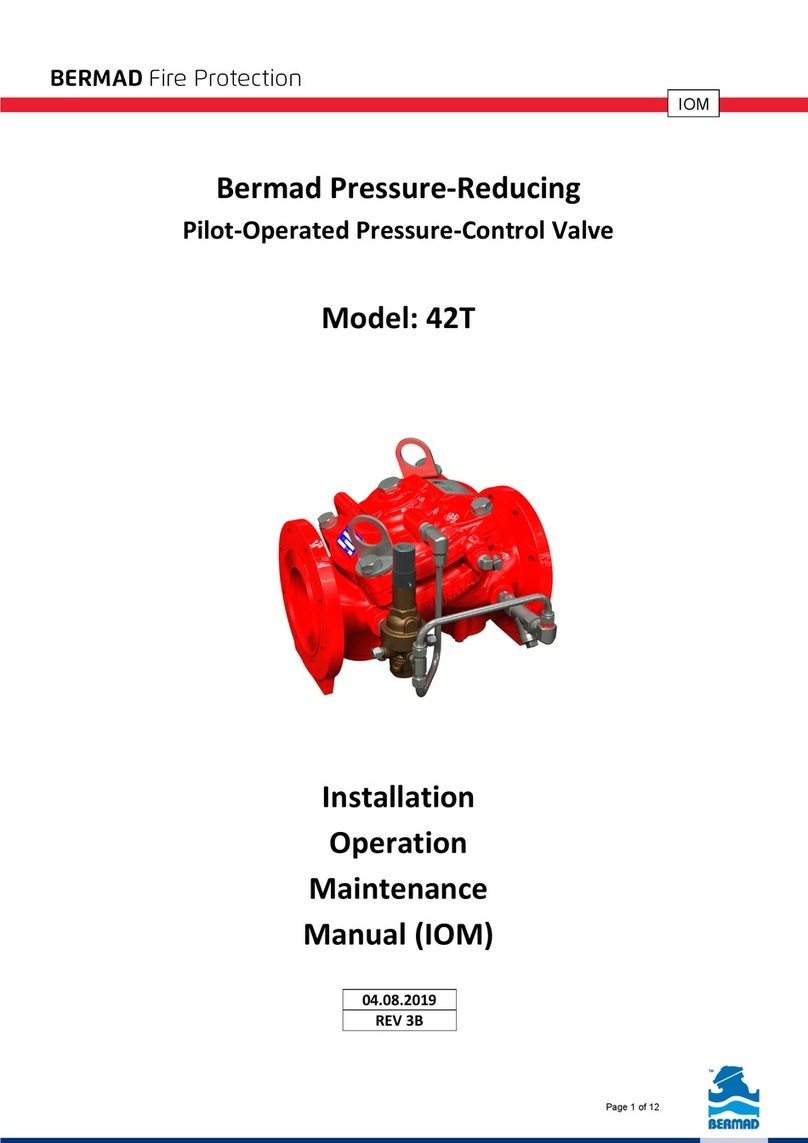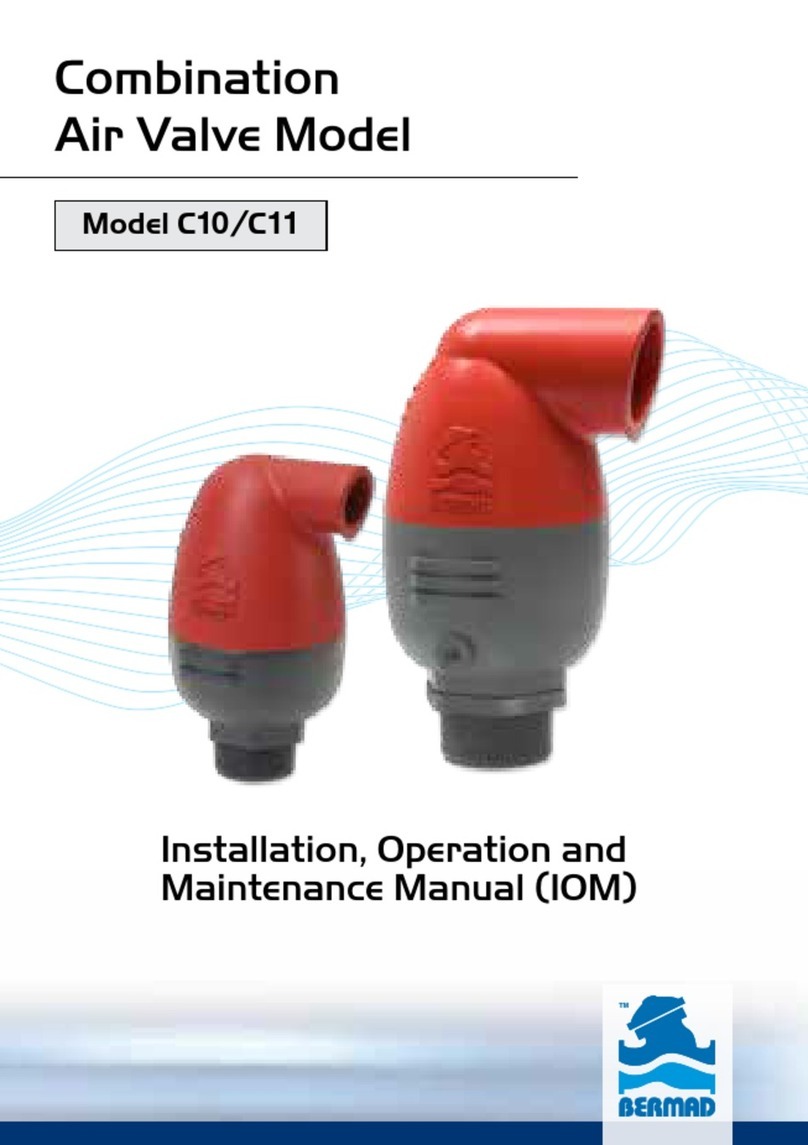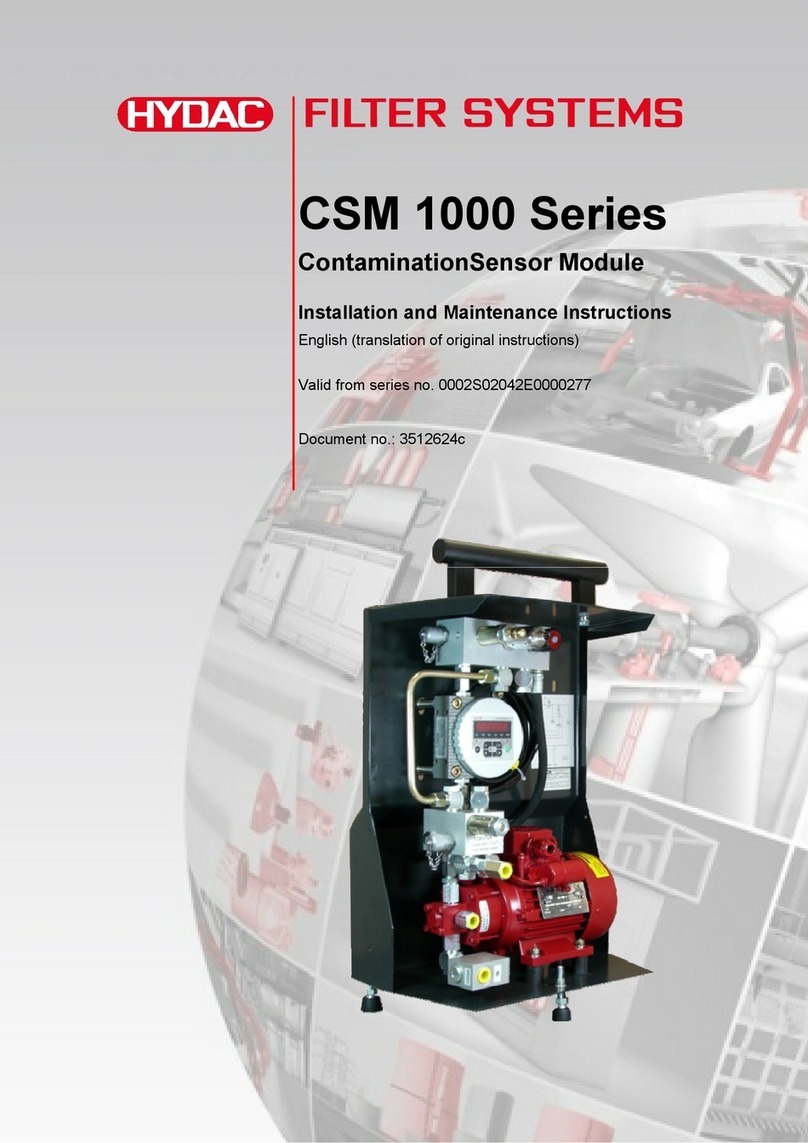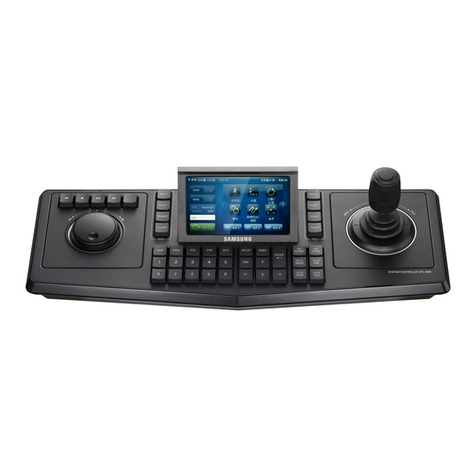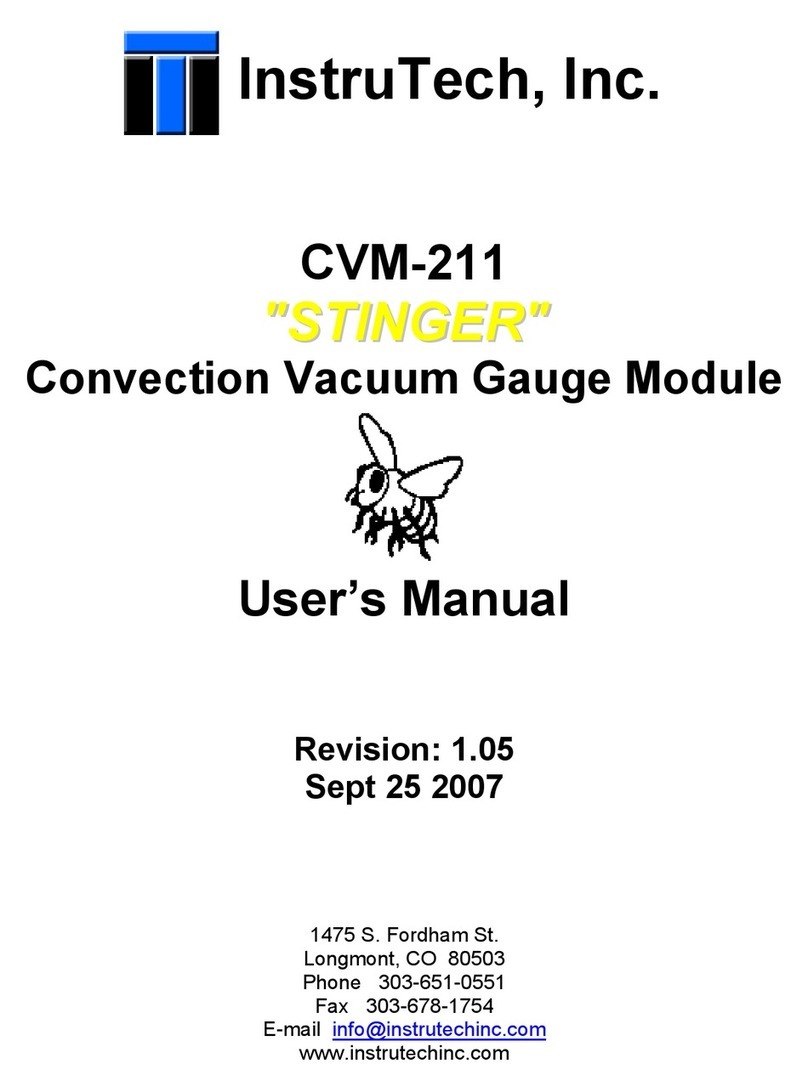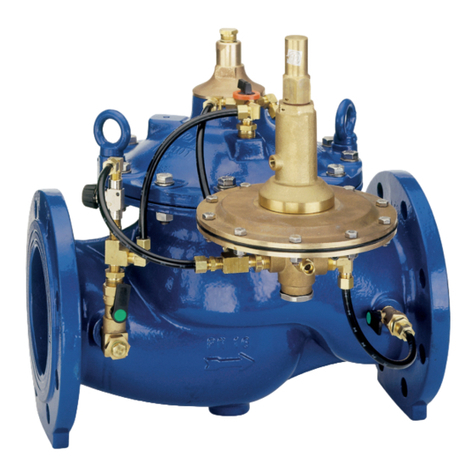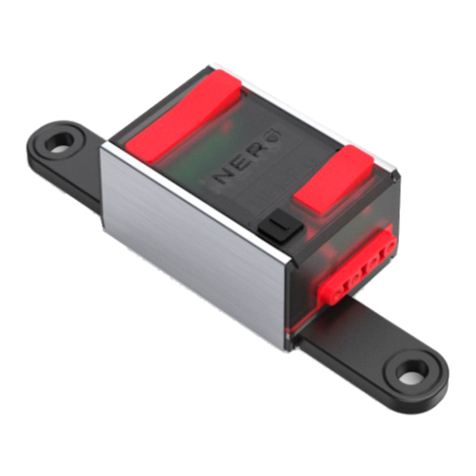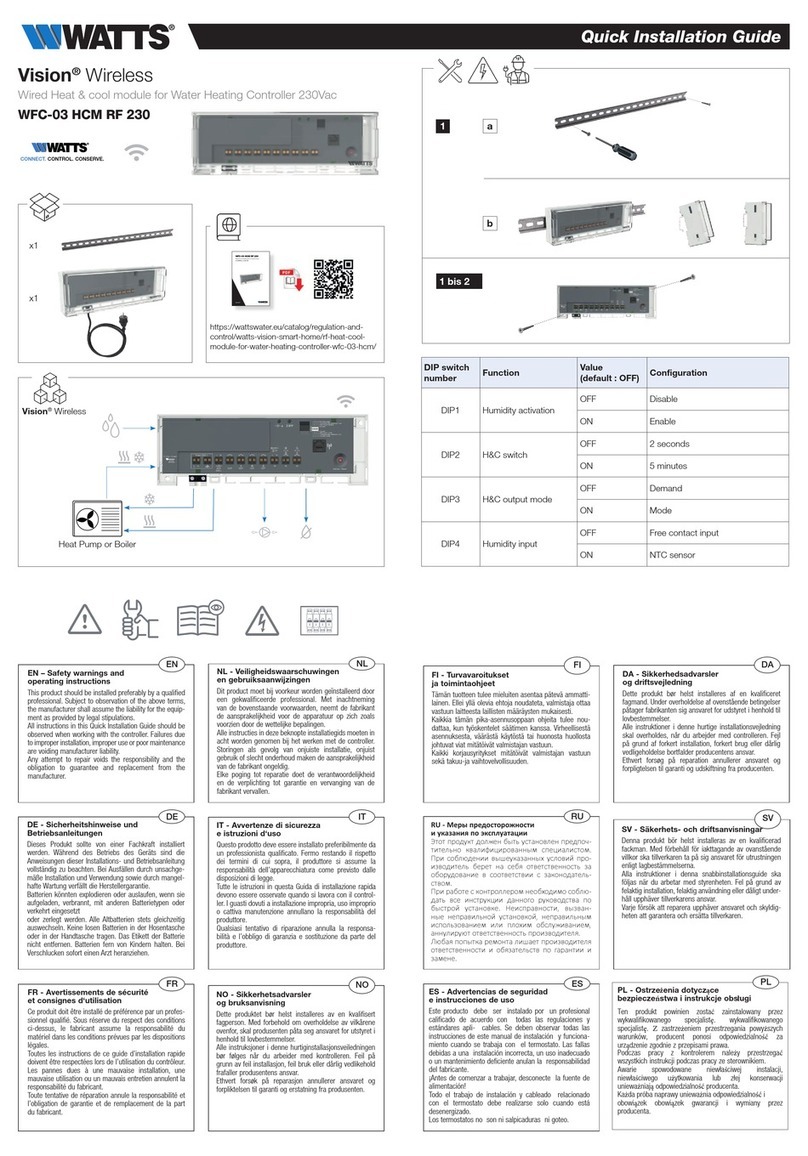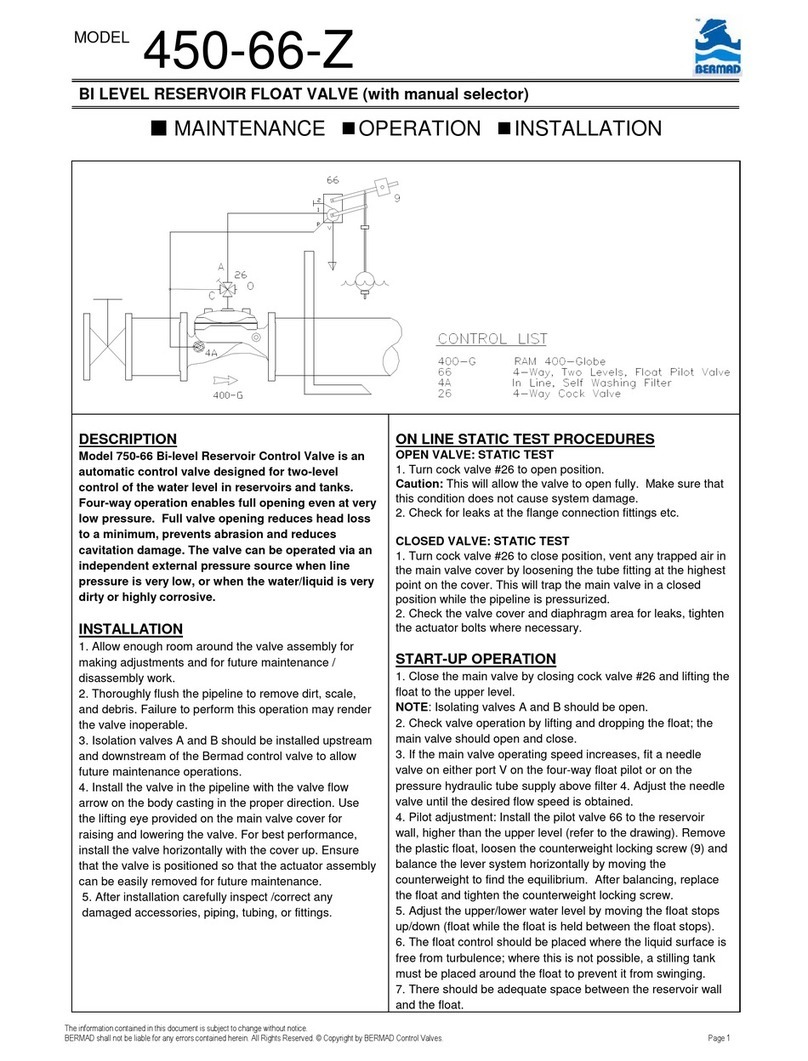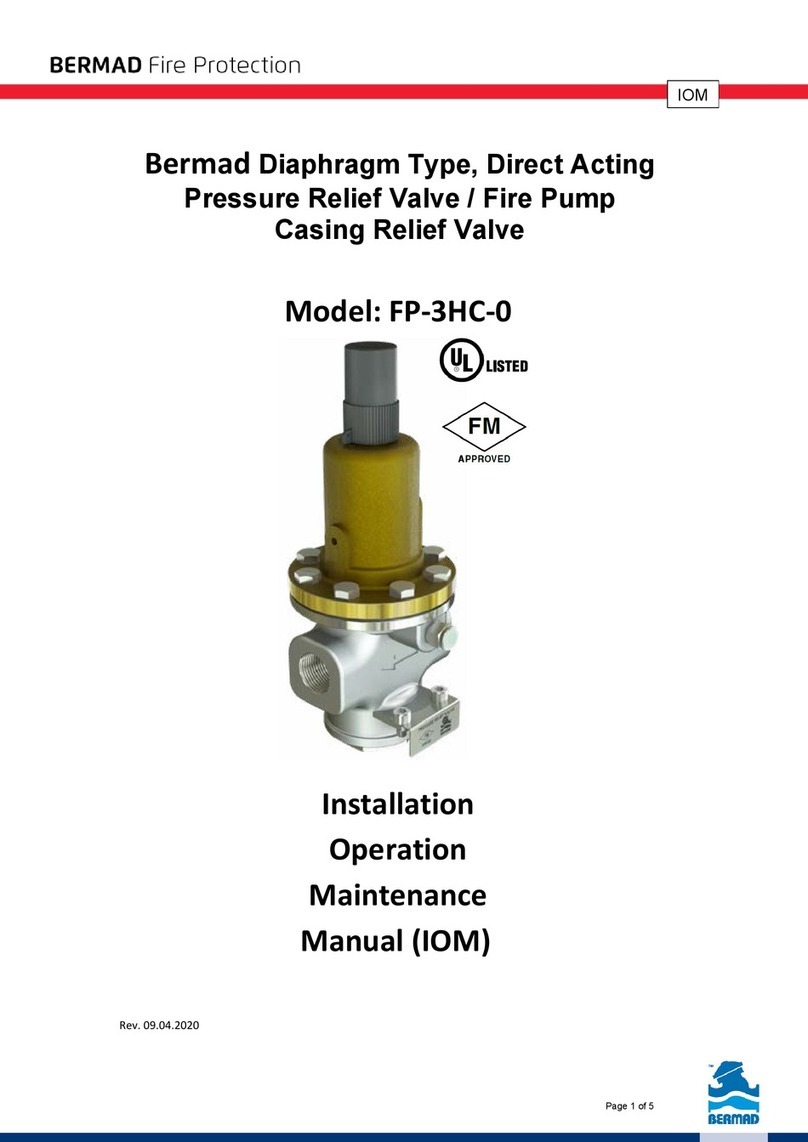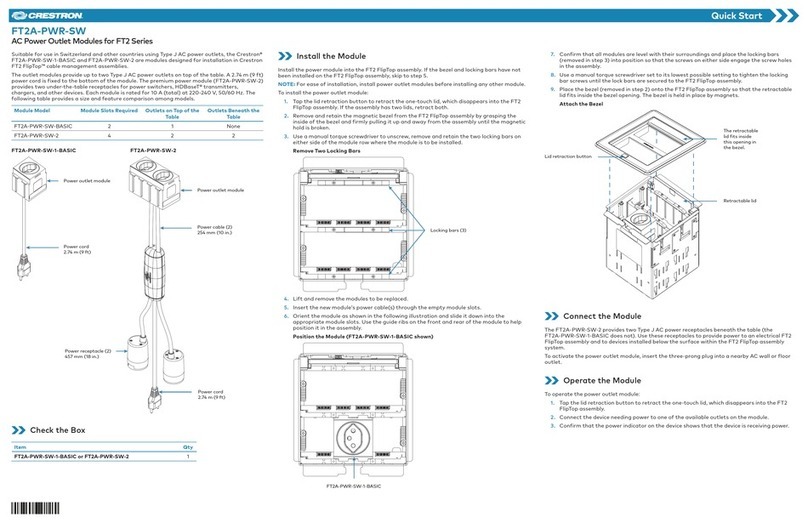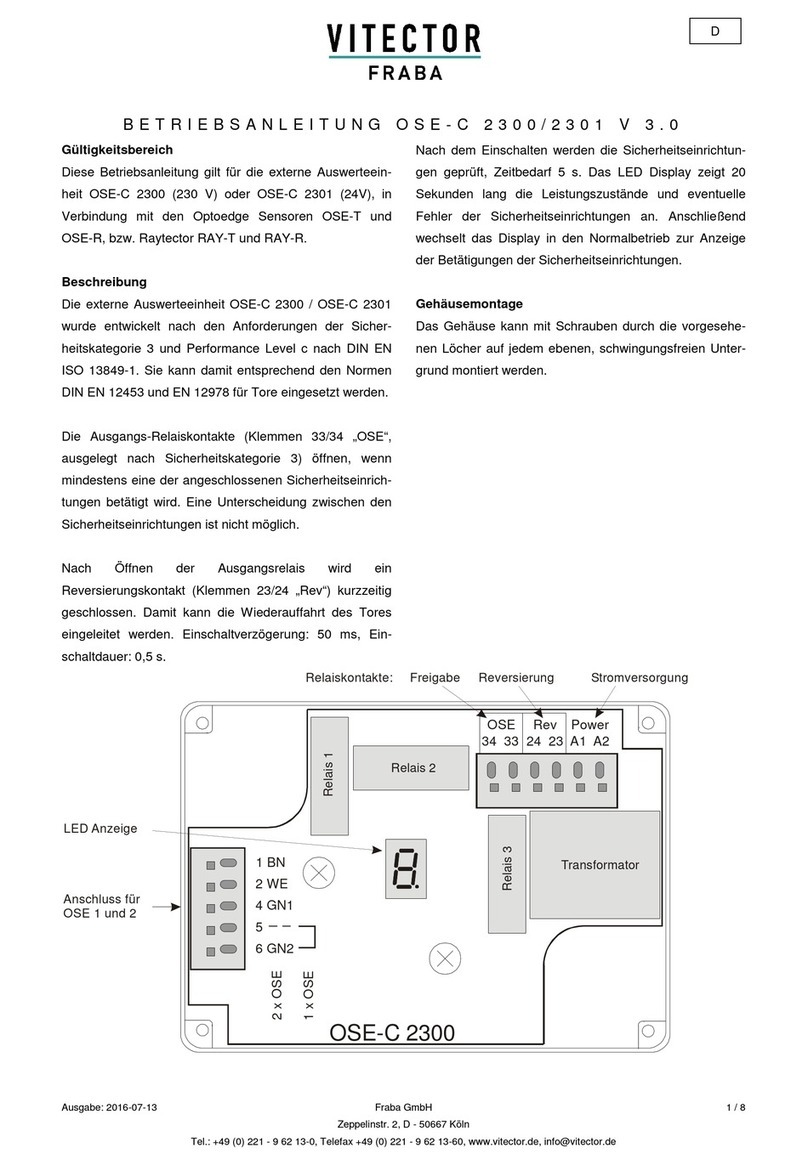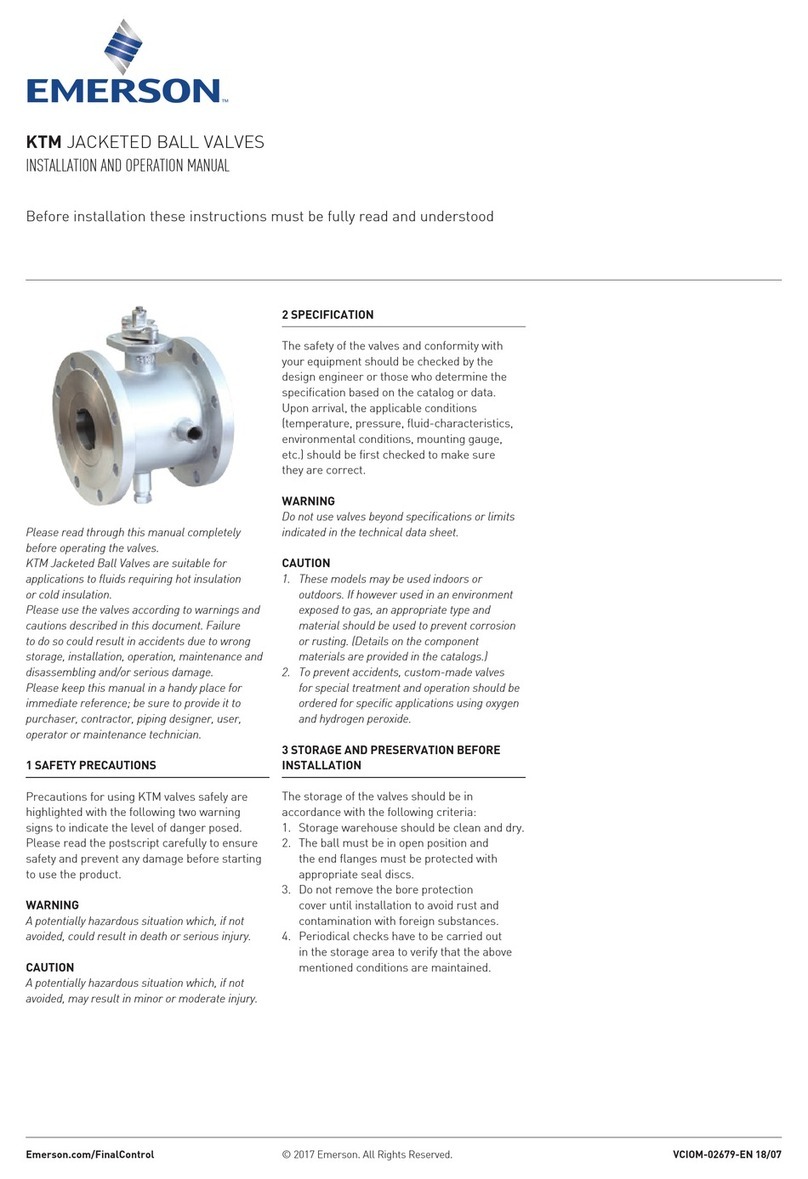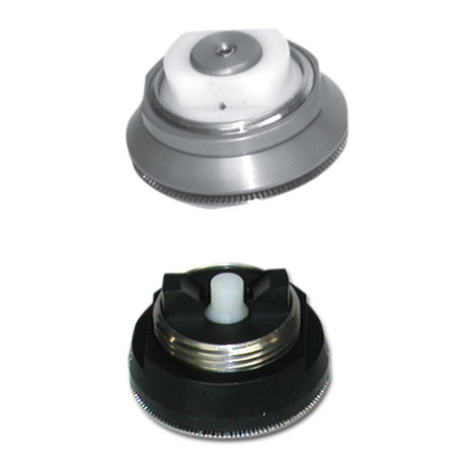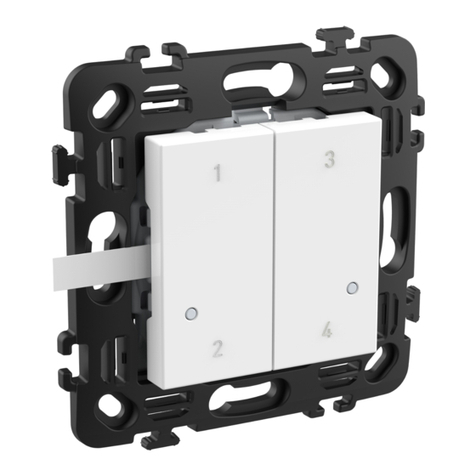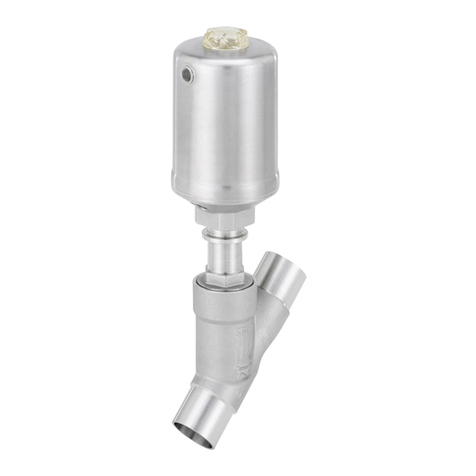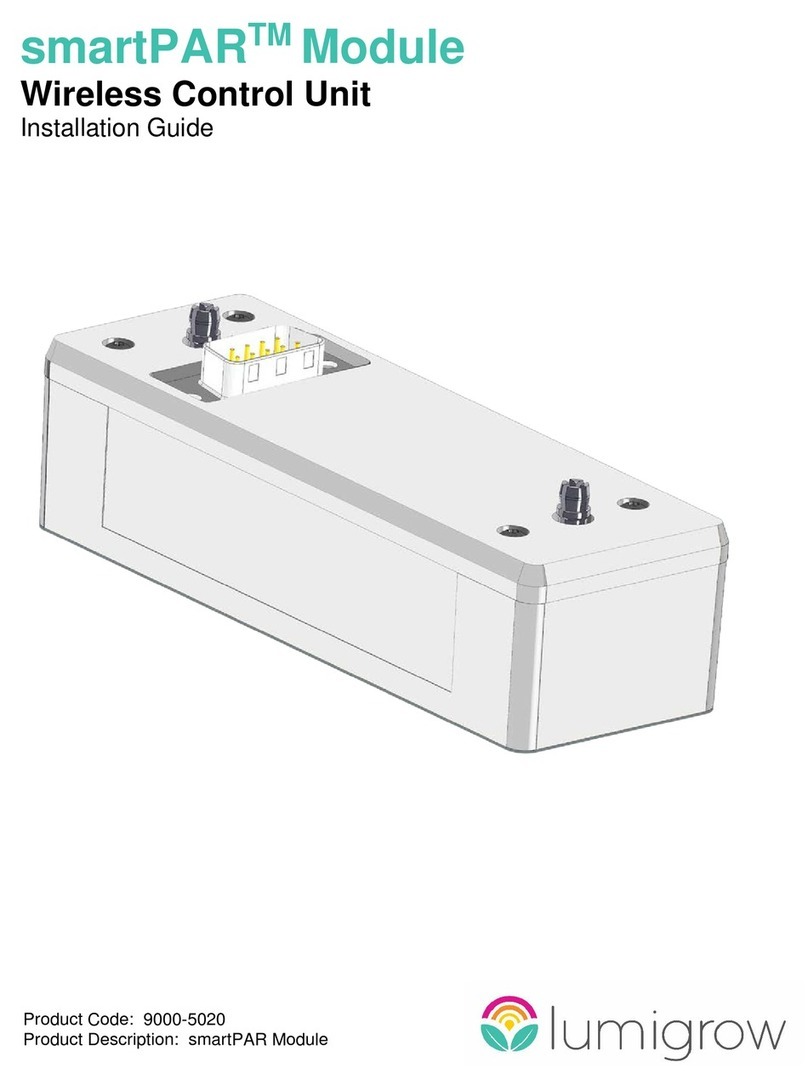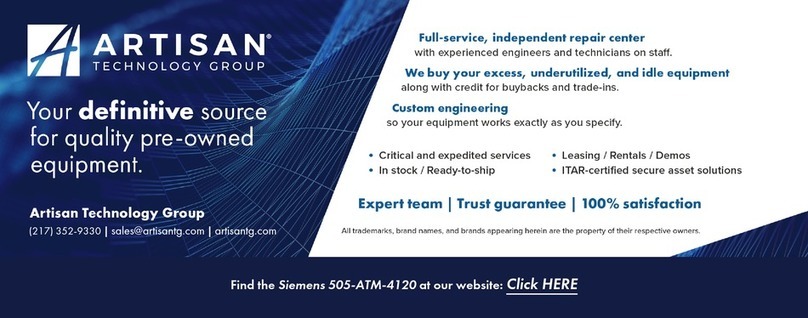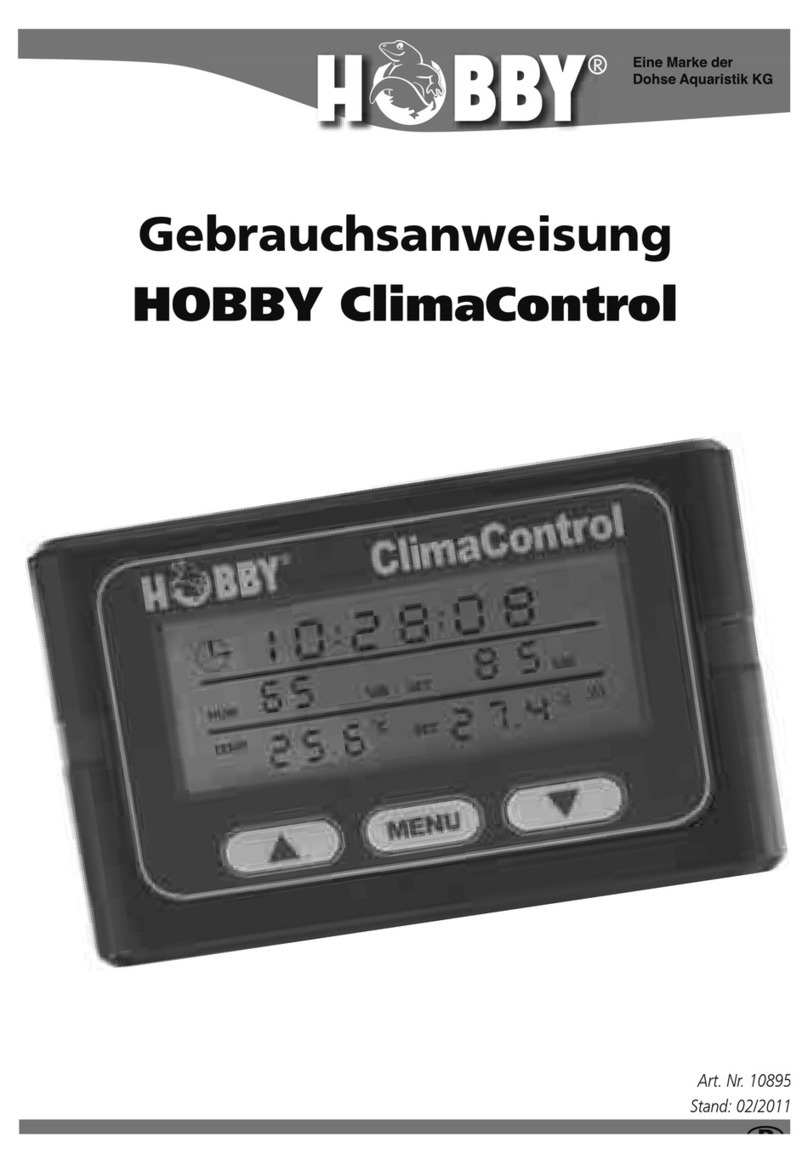3
Table of Figures
Figure 1 - Installation options ...........................................................................................................................................8
Figure 2 –SP Picture .........................................................................................................................................................9
Figure 3 - AC Picture..........................................................................................................................................................9
Figure 4 - IP Picture.........................................................................................................................................................10
Figure 5 - Quick flush ......................................................................................................................................................13
Figure 6 - Periodic maintenance A..................................................................................................................................14
Figure 7- Periodic maintenance B...................................................................................................................................15
Figure 8 - Periodic maintenance C ..................................................................................................................................15
Figure 9 - Periodic maintenance D..................................................................................................................................16
Figure 10 - Periodic maintenance E ................................................................................................................................16
Figure 11 - Replacing the seals - A ..................................................................................................................................17
Figure 12 - Replacing the seals - B ..................................................................................................................................17
Figure 13 - Replacing the seals - C ..................................................................................................................................18
Figure 14 - Disassembling the air valve - A .....................................................................................................................20
Figure 15 - Disassembling the air valve - B .....................................................................................................................21
Figure 16 - Replacing the seals - A ..................................................................................................................................21
Figure 17 - Replacing the seals - B ..................................................................................................................................22
Figure 18- Replacing the seals - B ...................................................................................................................................22
Figure 19 - Replacing the seals - C...................................................................................................................................23
Figure 20 - Replacing the seals - D..................................................................................................................................23
Figure 21 - Replacing the seals - E...................................................................................................................................24
Figure 22 - Versions.........................................................................................................................................................24
Figure 23 - Version A.......................................................................................................................................................25
Figure 24 - Version B.......................................................................................................................................................25
Figure 25 - Reassembling - A...........................................................................................................................................26
Figure 26 - Reassembling - B...........................................................................................................................................26
Figure 27 - Reassembling - C...........................................................................................................................................27
Figure 28 - Reassembling - D...........................................................................................................................................27
Figure 29 - Reassembling - E ...........................................................................................................................................27
Figure 30 - Reassembling - F ...........................................................................................................................................28
Figure 31 - Reassembling - G...........................................................................................................................................28
Figure 32 - Reassembling - H...........................................................................................................................................29
Figure 33 - Reassembling - I ............................................................................................................................................29
Figure 34 - Reassembling - J............................................................................................................................................30
Figure 35 - BOM Version A..............................................................................................................................................31
Figure 36 - BOM Version B..............................................................................................................................................32






















